Local Resistance and Defences
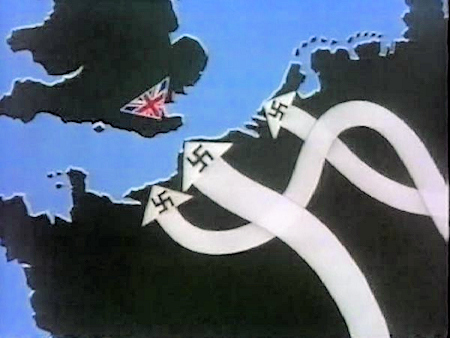

Admiralty Anti-Tank Scaffolding
Admiralty Scaffolding, also known as Obstacle Z.1 or sometimes simply given as beach scaffolding or anti-tank scaffolding, was a British design of anti-tank and anti-boat obstacles made of tubular steel. It was widely deployed on beaches of southern England, eastern England and the southwestern peninsula during the invasion crisis of 1940-1941. Scaffolding was also used, though more sparingly, inland.
The photo below right shows the remains in 2018, revealed at low tide, of such scaffolding on the beach just south of Dymchurch.
Of a number of similar designs, by far the most common was designated obstacle Z.1. This design comprised upright tubes 9 feet (2.7 m) high and 4 feet 10 inches (1.5 m) apart, these were connected by up to four horizontal tubes. Each upright was braced by a pair of diagonal tubes, at about 45°, to the rear.[6] 20-foot (6 m) wide sections were preassembled and then carried to the sea to be placed in position at the half tide mark as an obstacle to boats.
![]() Reference and more information
Reference and more information
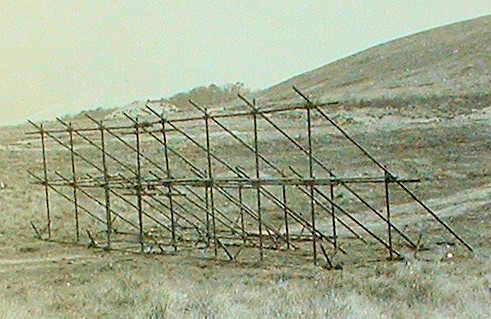
Section of Admiralty scaffolding prepared for testing
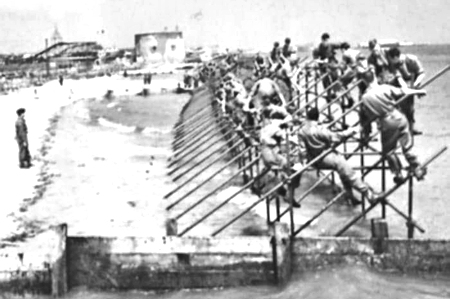
Erecting Anti-Tank Scaffolding on the Beach
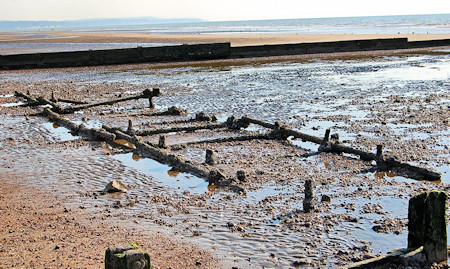
Remains of scaffolding on the beach just south of Dymchurch

The Home Guard (initially "Local Defence Volunteers" or LDV) was a defence organisation of the British Army during the Second World War. Operational from 1940 until 1944, the Home Guard – comprising 1.5 million local volunteers otherwise ineligible for military service. These men were either too young to join the services, were in reserved occupations or were too old to join the services - hence the nickname "Dad's Army". Their role was to act as a secondary defence force, in case of invasion by the forces of Nazi Germany and their allies.[1][2] They were to try to slow down the advance of the enemy, even by a few hours in order to give the regular forces time to regroup.
![]() reference and more information
reference and more information
The Home Guard on Romney Marsh comprised four platoons and formed part of No.1 Battalion, Kent Home Guard headquartered in Ashford. The four were Brenzett and Brookland, Dymchurch, Lydd and New Romney,
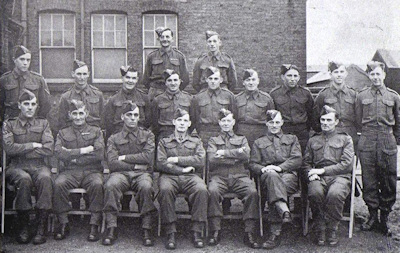
Section of the Lydd Home Guard in 1942

Many of the high buildings on the coast of Romney Marsh coast were used as observation posts by the Military and the Observer Corps during the Second World War. They were looking out for any signs of enemy activity but their main function was observing and identifying aircraft and the Flying Bombs as they crossed the Romney Marsh coastline. These Romney Marsh buildings included the tower of All Saints Church in Lydd, at 132 feet one of the tallest church towers in Kent. The military also used the 120ft Water Tower at Littlestone and Martello Tower No. 24 in Dymchurch as lookout posts.

Pillboxes are concrete dug-in guard posts, normally equipped with loopholes through which to fire weapons. About 28,000 pillboxes and other hardened field fortifications were constructed in England in 1940 as part of the British anti-invasion preparations of the Second World War. About 6,500 of these structures still survive, many on Romney Marsh.
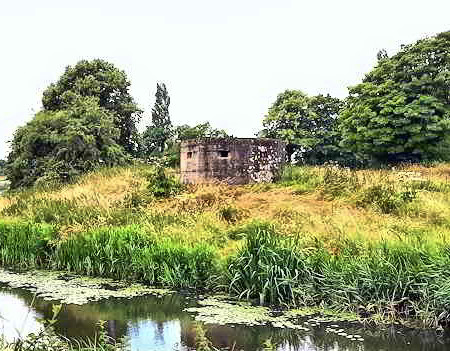
Pillbox nr Appledore
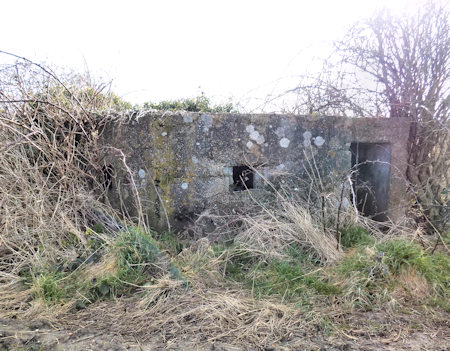 Pillbox 1 at St Mary's Bay
Pillbox 1 at St Mary's Bay
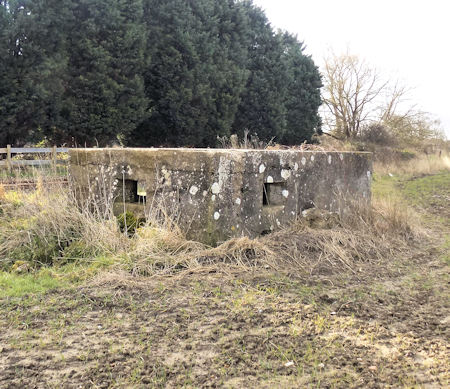
Pillbox 2 at St Mary's Bay
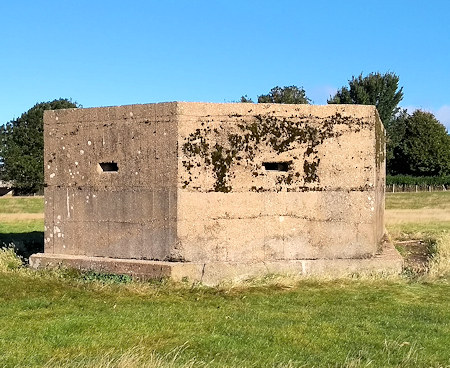
Pillbox at New Romney

Romney Hythe & Dymchurch Railway (RH&DR)
The war years took their toll of the Romney Hythe & Dymchurch Railway, the miniature railway being requisitioned by the War Department. They even created the only miniature armoured train in the world. The RH&D armoured train carried Lewis guns and Boys anti-tank guns and was credited with shooting down 3 German planes.
The railway line was used extensively during the building of PLUTO (Pipe Line Under The Ocean) which fuelled the Allied invasion force.
A spur line to the Sound Mirrors was built off the RH&DR, known at the time as the War Department Branch, which was used to transport men, equipment and building materials to the mirrors site. The branch line was closed in 1951.
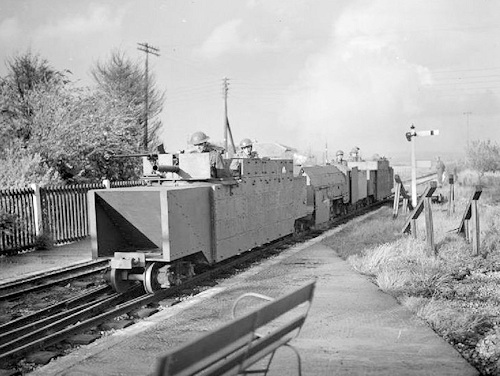
Armoured train on the RH&DR

The Women's Land Army (WLA) was a British civilian organisation created during the First and Second World Wars to work in agriculture replacing men called up to the military. Women who worked for the WLA were commonly known as Land Girls. In effect the Land Army operated to place women on farms that needed workers, the farmers being their employers.
As the prospect of war became increasingly likely, the government wanted to increase the amount of food grown within Britain. In order to grow more food, more help was needed on the farms and so the government started the Women's Land Army in June 1939. The majority of the Land Girls already lived in the countryside but more than a third came from London and the industrial cities of the north of England.
![]() reference and more information
reference and more information
The current Aeronautical Museum at Brenzett is housed in some of the original buildings used as a hostel for the WLA, with part of the museum dedicated to them.
![]() More about the Snargate Unit
More about the Snargate Unit
![]() More about the Dymchurch Unit
More about the Dymchurch Unit
![]() Reference and more information
Reference and more information
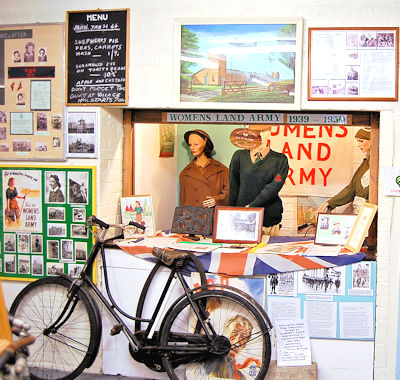
Women's Land Army Display at the Aeronautical Museum


